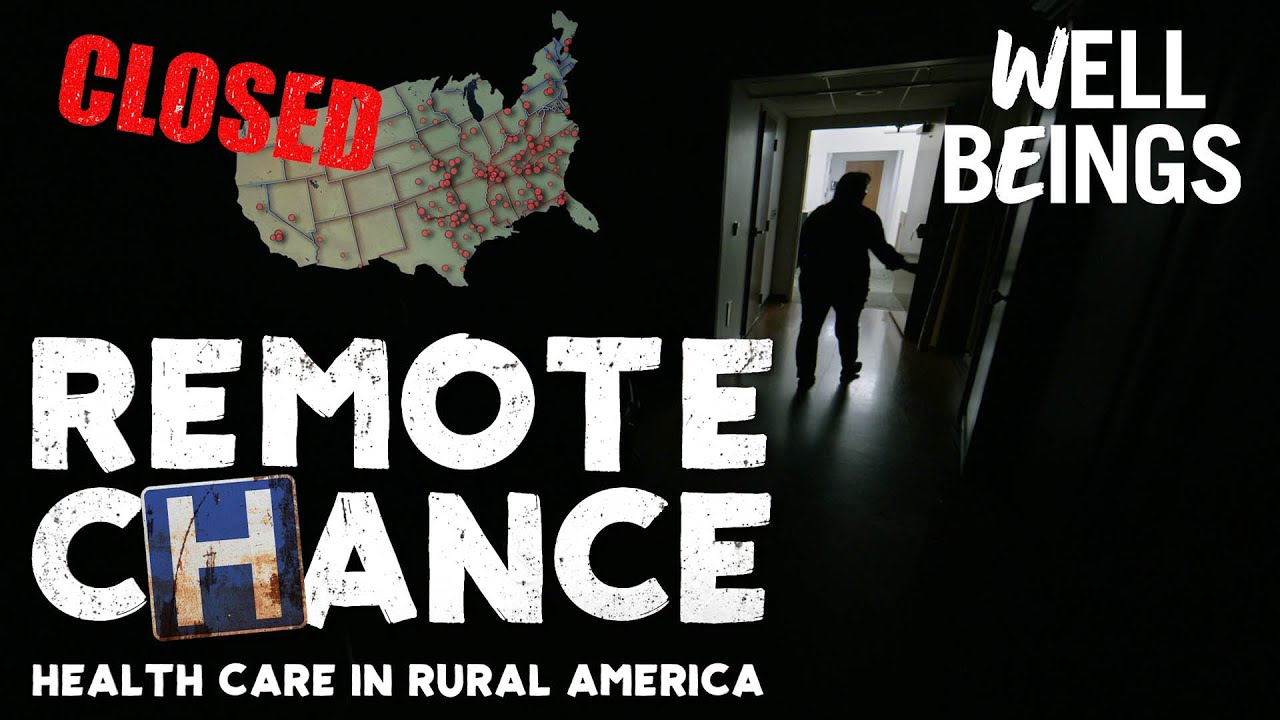Remote Chance: Health Care in Rural America, a digital-first series of short films by award-winning filmmaker Elizabeth Arledge, made possible by the National Alliance on Mental Illness  and The Annette Harkins Family Trust
and The Annette Harkins Family Trust
More Rural Americans Live Below the Poverty Line
Rates of poverty are higher in rural areas compared to urban areas. According to the U.S. Department of Agriculture Economic Research Service, in 2019 15.5% of people living in rural areas had an income below the federal poverty line, while those living in urban areas had a poverty rate of only 11.9%. The proportion of families with low incomes varies across the U.S. For instance, the rural South has a 19.7% poverty rate, while the rural Midwest has a poverty rate close to 13.4%.
The Average Income in Rural Areas is Significantly Lower than in Urban Areas
Compared with urban populations, rural residents generally have higher poverty rates and have higher uninsured rates than urban areas. The disparity in incomes is even greater for minorities living in rural areas. Nearly 24% of rural children live in poverty. At the same time, rural areas often have fewer physician practices, hospitals, and other health delivery resources. These socioeconomic and healthcare challenges place rural populations at a disadvantage for receiving safe, timely, effective, equitable, and patient-centered care.
Changes in Medicare Disproportionately Affect Rural Patients
The cost of health care may be the largest issue facing rural residents as a result of the lack of public health care. Even with the passage of the Affordable Care Act, 30 million US residents lacked health insurance in the first half of 2020. Patients living in rural areas are disproportionately affected by regulatory and reimbursement changes to Medicare and Medicaid. So state and federal legislative actions are needed to offset healthcare costs for rural, impoverished residents.
Medicaid Coverage Rates are Higher in Rural Areas
Rural populations are more likely to be low-income, unemployed or work for employers that do not offer health insurance, both factors that lead to high Medicaid coverage rates.
Medicaid and the Children’s Health Insurance Program (CHIP) provide an essential safety net for access to health care for millions of low-income adults, children, and families. Both programs are especially important sources of coverage for rural communities, with Medicaid the primary coverage for 1 in 6 individuals ages 19-64 in rural areas in 2019
About the Series
Remote Chance: Health Care in Rural America is a series leading to the upcoming 2023 documentary Critical Condition: Health Care in Rural America (WT), a production of Gurney Street Films and WETA Washington, D.C. Produced, directed and written by Elizabeth Arledge.
Support for Remote Chance: Health Care in Rural America provided by the National Alliance on Mental Illness (NAMI) and The Annette Harkins Family Trust.
